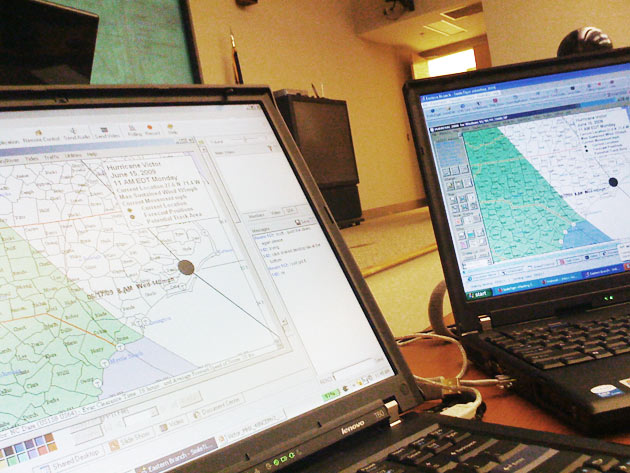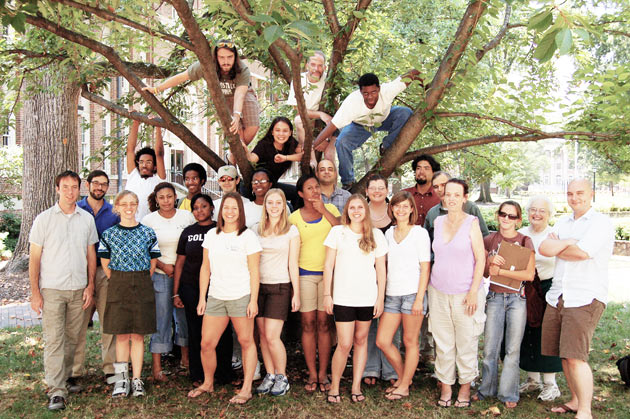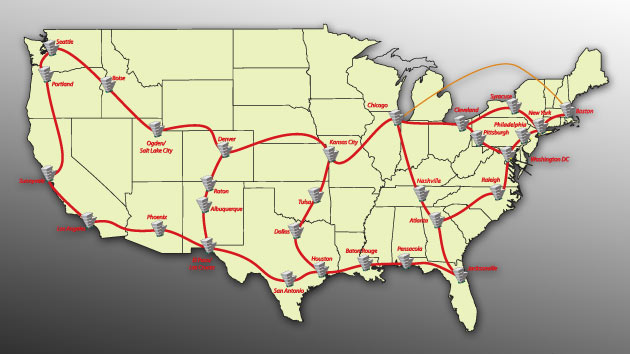To the uninitiated, dark fiber sounds a bit mysterious, maybe even daunting.
But to network researchers dark fiber means an environment removed from the demands of a production network; a place in cyberspace where they can conduct experiments and explore the future of networking removed from the demands of a commercial network and partitioned off so that one experiment won’t interfere with another. Read more







